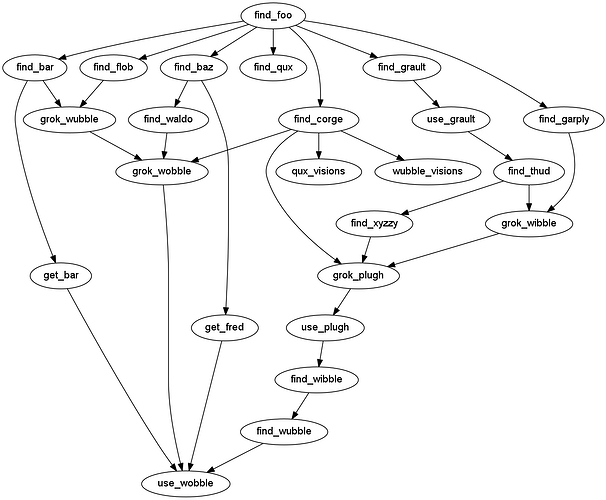One of the main reasons I switched from Inform 7 to a choice system was it significantly decreased implementation and debugging/testing time required to polish a game.
I’m the doof who back in the day would kill myself to write an entire parser game a few months before the competition. And my early games suffered severe scope and feature-creep due to lack of discipline. One thing I also discovered - even if you get your game done it’s incredibly difficult to find testers willing and able to thoroughly test during the last few weeks before the Comp if the story is of any significant length or complexity at all.
I literally started Transparent a few days before IFComp intents to enter closed, meaning I wrote that game in about a month. It appeared to be a small game as conceived, consisting of a treasure hunt through a mansion with about 16 rooms and a few outdoor locations, but if you’ve ever tried to play it, you understand the systems involved (photography, electricity, random ghosts moving around and doing things, an ill-conceived strict inventory and container system) are stupidly complicated and required tons of updates and corrections during the Comp as they were allowed on a limited basis.
(I suspect I might be the only author in history that has managed to make ClubFloyd ragequit a game because they got trapped in a room and couldn’t exit…  ) #iswearthisshouldbefixednow
) #iswearthisshouldbefixednow
The Baker of Shireton I did a little better. I had prototyped the baking system earlier in the year, and had scoped it as a base game with optional modular pieces - meaning if I ran out of time there were significant parts of the game I could cut. I started the main game about three months before the Comp. I still had to make several corrections based on stupid mistakes that resulted due to lack of thorough 2nd party testing since parser games allow for so many emergent interactions the author cannot even possibly consider themselves.
Fair was the parser game I did the best job scoping. I intended it to be short and replay-able, and had the entire game from beginning to end planned out in my head in the months after the previous Comp, and I severely reined in any attempt to make it more complicated than about ten locations and characters. Due to this, I planned to begin writing it three months in advance with milestones and based on previous experience it went almost without a hitch…
Of course I had one brilliant random last minute idea “What if I include time travel?!?” (facepalm) which almost wrecked the entire project: that was me at 2 AM the night before the submission deadline (despite having to work the next day) carefully picking through the code line by line and taking out all the freeform time-travel to limit the game to the parts where it worked properly. Then test test test test test like a maniac since no tester was going to have time to get to that part in one day.
- Highly Recommended habit: if you’re working with a deadline, scope thoroughly and lock down your game beginning to end and don’t add stuff. Avoid entertaining ideas that might not seem difficult like “What if I include time travel?!?” Don’t write a game with a deadline if you don’t yet know exactly where it’s going to end. That is how you get in the death spiral of scope-creep.
At this point I switched to a choice engine (AXMA) and was ambivalent about getting a game done in six months before the competition. I decided to try and get something done and chose a game I only half-heartedly thought I could complete and might not be received well.
This resulted in Cannery Vale which was done -bam- in like two months, and despite being a tremendously huge and intricate game content-wise, it behaved politely with few major problems since choice-narratives afford the author a greater amount of control over what it’s possible for the player to do. Of course I can’t write a simple branching narrative–oh no–there are systems and tons of variables and optional content. The story elements in CV were cobbled together from about four different ideas I had been thinking about for years, so it literally is a Frankenstein’s Monster type project that all managed to work out with 90% less difficulty and testing necessary.
robotsexpartymurder is another enormous Frankenstein project that pulled large elements I had already thought about for a long time, but I started that in December and it was basically structurally complete by the summer and I just had to work filling in all the text placeholders I had put in so that I could make sure the game worked first and then spent the rest of the available time frosting the cake.
My current super-secret WIP for this year was basically done last month and I don’t really know what else to do with myself for now.
- TL;DR - Scope completely before you code and know exactly where you’re going and what you need to accomplish, especially if you’re working under a deadline. It helps to complete several smaller games in your system of choice to help learn how fast you are capable of working before tackling The Epic. A project that is amorphous in concept will never get done.

 )
)